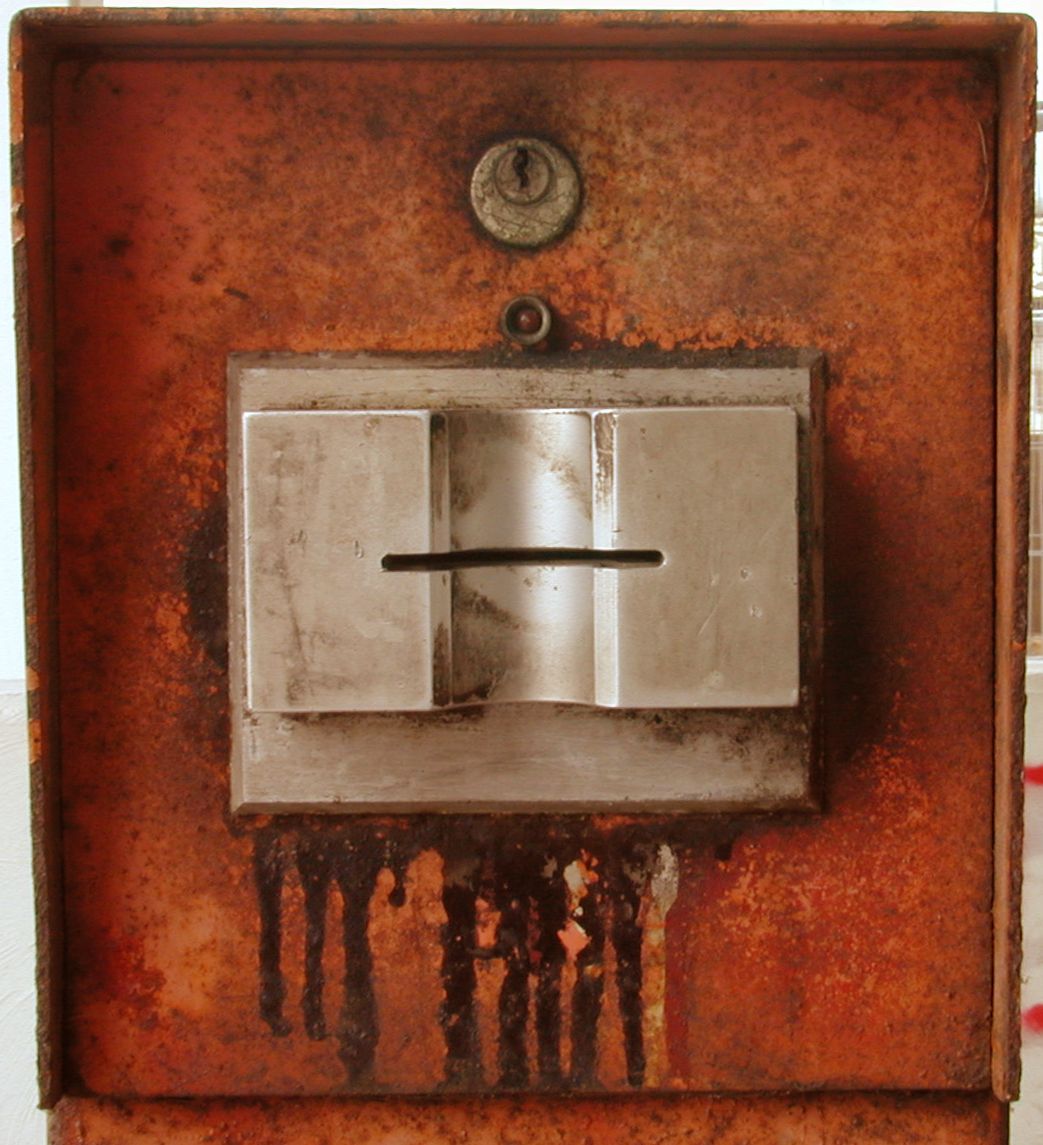Have You Heard? Slot Deposit Dana Is Your Best Bet To Grow
Brian Bradley
0
2
10.23 20:12
 Batik, the ancient Indonesian art of fabric dyeing, has a rich historical and cultural significance. It is deeply intertwined with the identity of the Indonesian people. In recent years, a contemporary style known as "Kemeja Batik Kekinian" has emerged, showcasing a unique blend of traditional batik designs with modern fashion sensibilities. This observational research article explores the characteristics, appeal, and cultural implications of Kemeja Batik Kekinian, which represents a growing trend among the younger generation.
Batik, the ancient Indonesian art of fabric dyeing, has a rich historical and cultural significance. It is deeply intertwined with the identity of the Indonesian people. In recent years, a contemporary style known as "Kemeja Batik Kekinian" has emerged, showcasing a unique blend of traditional batik designs with modern fashion sensibilities. This observational research article explores the characteristics, appeal, and cultural implications of Kemeja Batik Kekinian, which represents a growing trend among the younger generation.In urban areas across Indonesia, particularly in cities like Jakarta and Bandung, Kemeja Batik Kekinian is becoming a staple in many wardrobes. This modern take on the traditional batik shirt features innovative designs, vibrant colors, and simplified patterns that resonate with the tastes of millennials and Gen Z consumers. Observations at local clothing markets and boutiques reveal that these shirts often retain elements of classic batik—such as intricate motifs and cultural symbols—while being tailored to flatter contemporary silhouettes. The use of more breathable fabrics and casual cuts further enhances their appeal, allowing them to be worn comfortably in both formal and informal settings.
The Kemeja Batik Kekinian movement is not just about aesthetics; it also reflects a broader shift in cultural identity and pride among Indonesian youth. Many young people are increasingly searching for ways to connect with their heritage while simultaneously expressing their individuality and slot deposit dana modernity. By embracing Kemeja Batik Kekinian, they can wear symbols of their culture that have been reinterpreted to fit today's fashion trends. This fusion empowers them to celebrate their roots while asserting their personal style, creating a unique narrative that is both personal and communal.
Market observations indicate that social media plays a significant role in the promotion and popularity of Kemeja Batik Kekinian. Platforms like Instagram and TikTok are filled with influencers and content creators showcasing vibrant outfits that include these modern batik shirts. The visibility of these items online has contributed to their desirability, driving demand among young consumers eager to adopt and showcase their cultural expressions in trendy ways. Branded hashtags and aesthetically pleasing photographs allow users to engage with this movement, further solidifying its presence within contemporary fashion discourse.
However, the rise of Kemeja Batik Kekinian also sparks discussions about cultural commodification and authenticity. Critics argue that as batik becomes commercialized and simplified for mass appeal, the deeper meanings and traditions behind the art form may be overlooked. Observations reveal that some artisans and traditional batik makers express concern that the essence of their craft is being diluted to cater to the fast-paced demands of fashion trends. This conversation prompts a critical reflection on the balance between innovation and preservation, challenging the contemporary fashion industry to promote authenticity while embracing innovation.
In conclusion, Kemeja Batik Kekinian serves as a striking example of how tradition can be reimagined in modern contexts, allowing for both cultural expression and commercial viability. This trend not only resonates with young consumers' desires for individuality but also fosters a renewed appreciation for Indonesian heritage. As this movement continues to evolve, it remains vital for stakeholders—designers, artisans, and consumers—to navigate the complexities of tradition and modernity, ensuring that the spirit of batik endures in both form and meaning.

